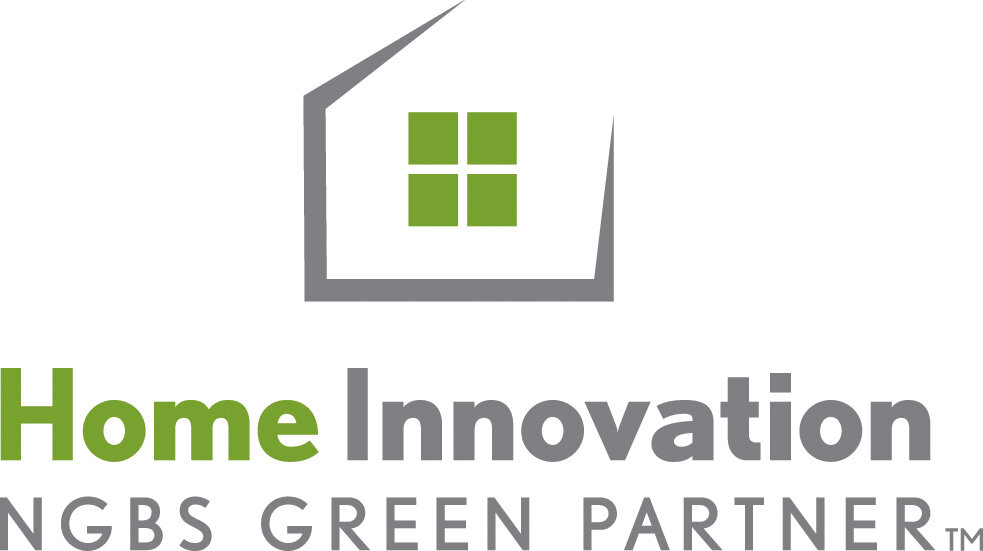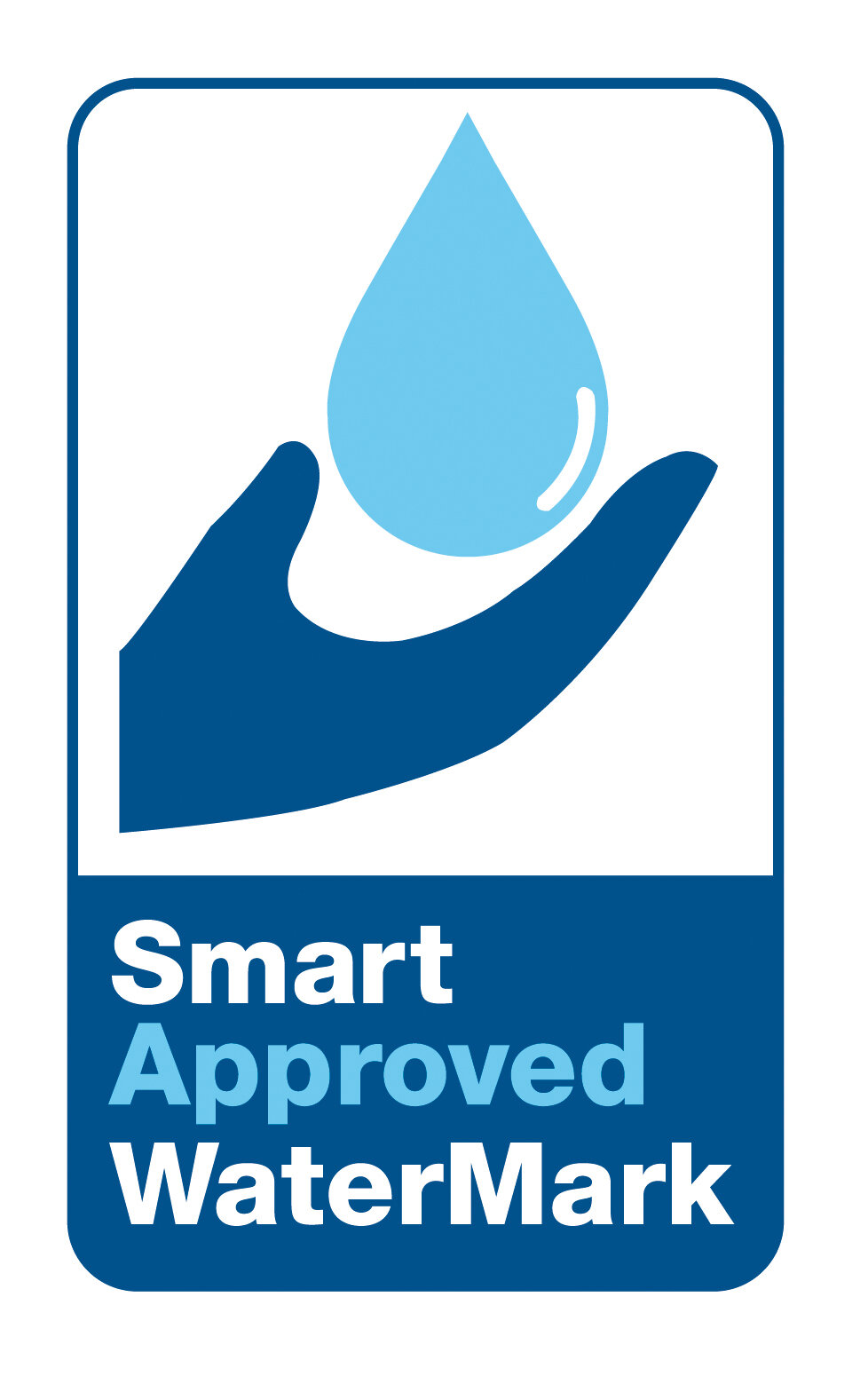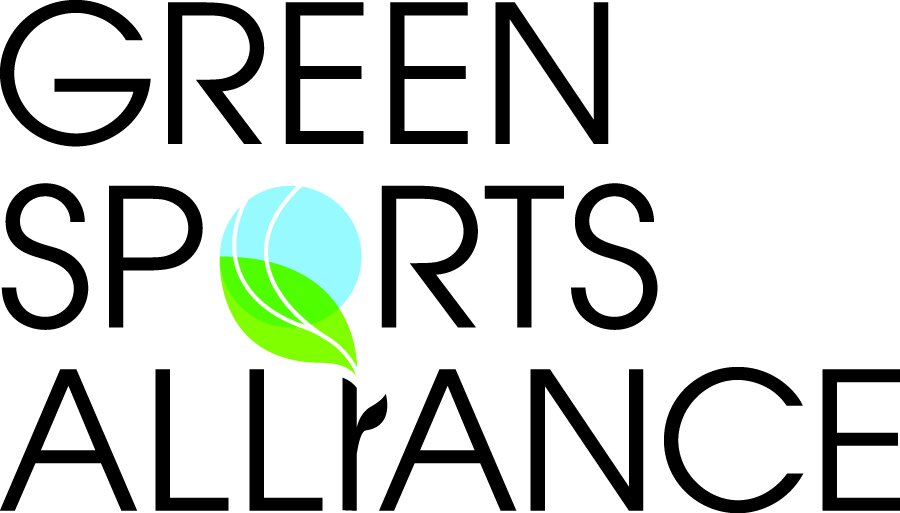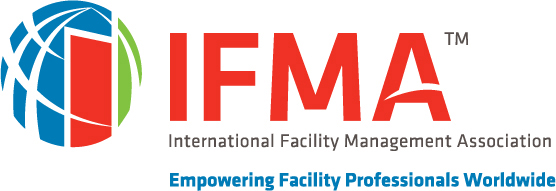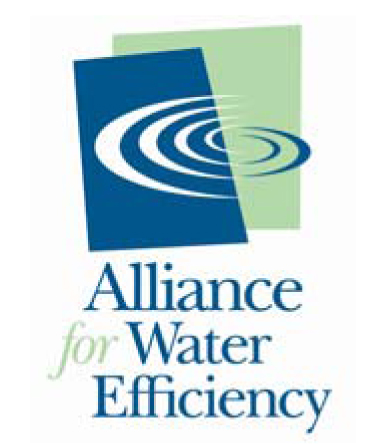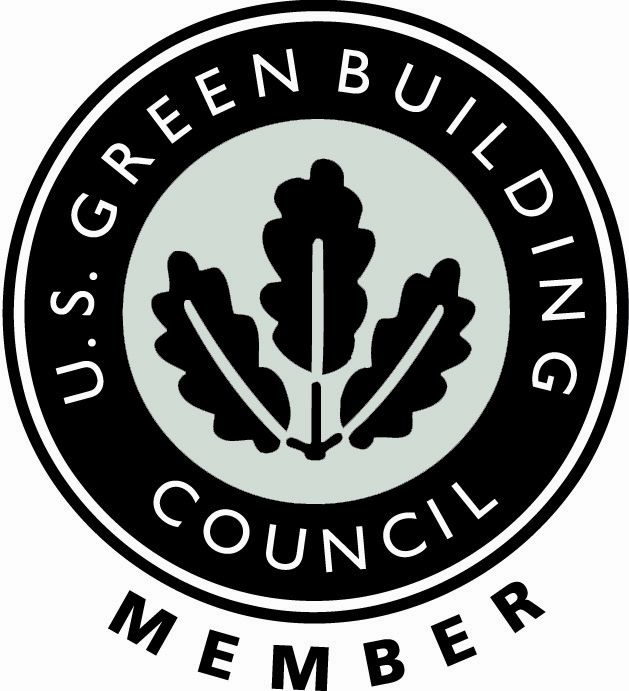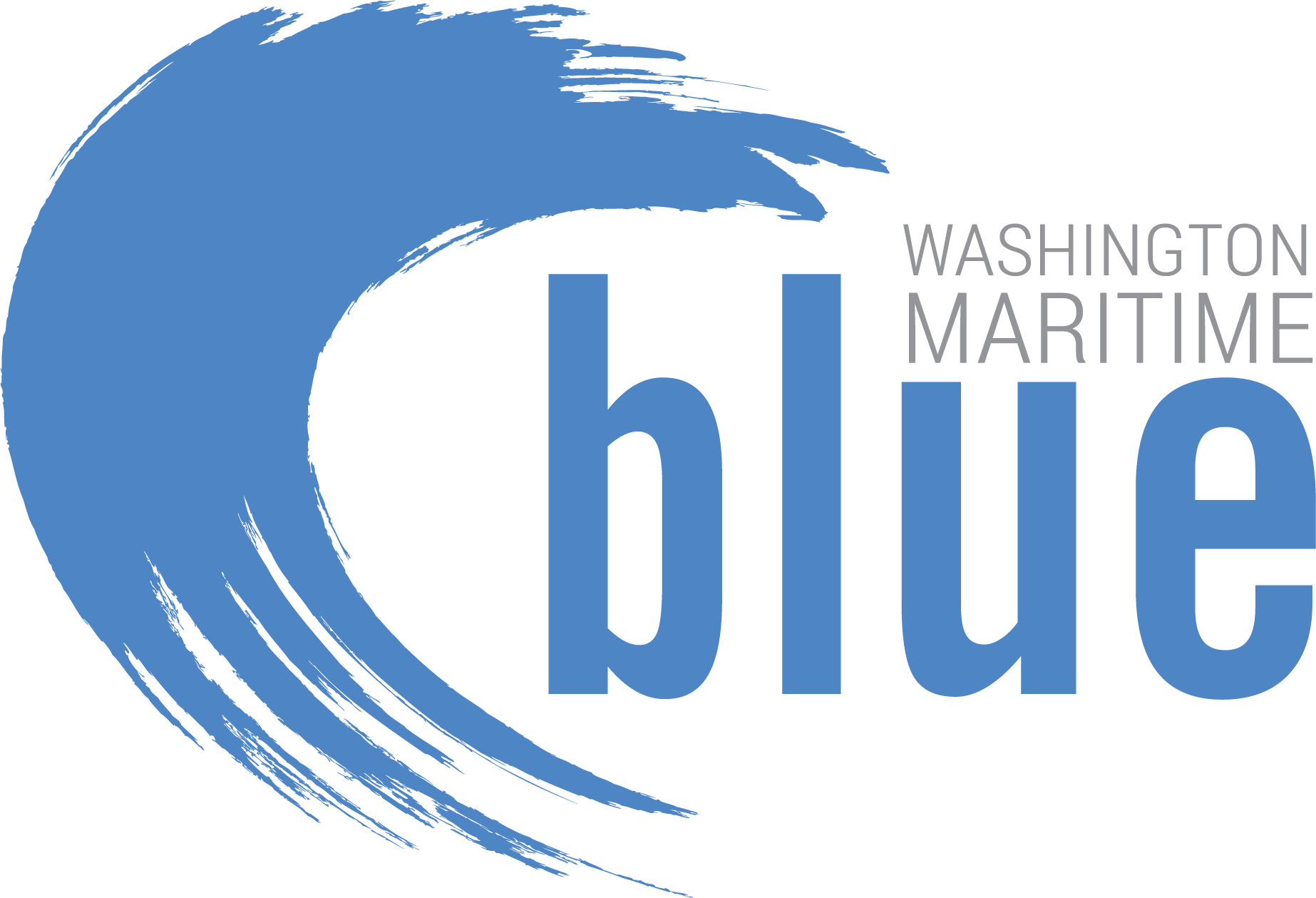Waterless® Co., Inc.
FOR IMMEDIATE RELEASE
Press Release
What strikes me is how much is being accomplished to reduce water consumption around the globe.
Vista, CA – October 20, 2024 - When it comes to water concerns, what we hear about most frequently is the failing water infrastructure in the U.S., growing water scarcity, dry aquifers, more frequent droughts, and severe water challenges in different parts of the world.
What we hear very little about is the progress being made by many companies to address these issues. These companies are becoming much more water efficient, which means they are reducing their water consumption long-term.
"I do not dispute [the fact that] the world has many water challenges," says water-efficiency expert, Klaus Reichardt, CEO and Founder of Waterless Co., Inc., marketers of no-water urinals.
"But what is also important is that we do not overlook all the actions taken by businesses to reduce water consumption."
Reichardt points to programs such as Water<Less, which Levi Strauss & Company developed. This program reduces the amount of water used for garment finishing by 96 percent.
Since the program's inception in the late 2000s, more than 800 million gallons of water have been saved, and more than 400 million gallons of water have been recycled.
Several other corporations have also made commendable progress in enhancing their water efficiency efforts. Among them are:
The Ford Motor Company has reduced its water consumption by 70% since 2000.
Google has ambitiously pledged to replenish 120% of the water it uses by 2030.
Coca-Cola achieved a milestone in 2015 by becoming the first Fortune 500 company to be net-zero - replenishing as much water as it consumes - in its worldwide beverage production.
PepsiCo has also made substantial improvements, boosting its water efficiency by 50% from 2019 to 2020. Its target is to achieve net water positivity by 2030.
Similarly, Microsoft is actively working towards becoming net water positive, aiming to restore more water than it uses globally by 2030.
"What strikes me is how much is being accomplished to reduce water consumption around the globe," adds Reichardt. "This must not be overlooked because it shows what can be done and inspires other companies to follow these water-efficiency leaders."
About Waterless
Waterless Co., Inc. has been a pioneer in water efficiency since 1991, when it introduced waterless urinals to North America. Headquartered in Vista, CA, the company has established itself as a key player in promoting water efficiency. Their product range includes a variety of no-flush urinals, liquid plumbing solutions, and cost-saving accessories, reflecting their commitment to environmental sustainability and innovation in water-saving technologies.
Contact Information
Waterless Co. Inc.
1050 Joshua Way
Vista, CA 92081 USA
800.244.6364













